Chip and Joanna Gaines make it look so easy!
A handful of house tours, one big demo day and a wall full of shiplap later and your fixer-upper has become a dream house. But as any homeowner can attest, turning a property from drab to fab is filled with many more headaches than typically shown on HGTV. Before you set out to do a remodel, read this advice from real-life folks who have tackled renovations firsthand so you don't make the same mistakes.
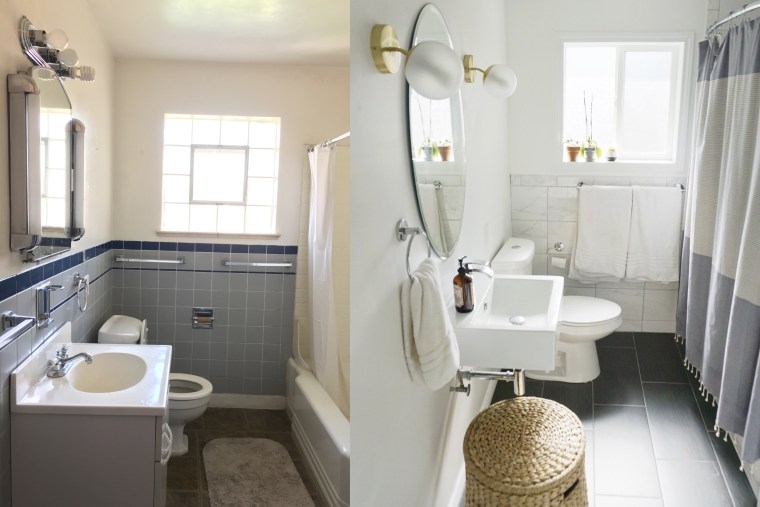
1. Vet the contractor
Because we were on a tight timeline, we jumped to hire a contractor that a neighbor was working with without taking the time to check additional references. That contractor didn't finish the job and mid-way through the renovation, we struggled to find new ones to complete his work. All good contractors won't necessarily have an online presence — however, in my experience, contractors with reviews on sites like Thumbtack and Yelp are more likely to deliver on their work to maintain their reputation. —Teresa Wu, Indiana
Contractors can be a great referral source to find other contractors, but make sure they've actually worked jobs together and aren't just buddies. —Jenna Meister, California
2. Communicate, communicate, communicate
If you won't be there in person when the contractor is working, make sure to point out the details that are important to you beforehand — verbally and in writing. For example, I taped notes to the wall with painters tape to show my contractor where exactly I wanted the showerhead placed, and also on any spots that needed drywall repairs. —Jenna Meister
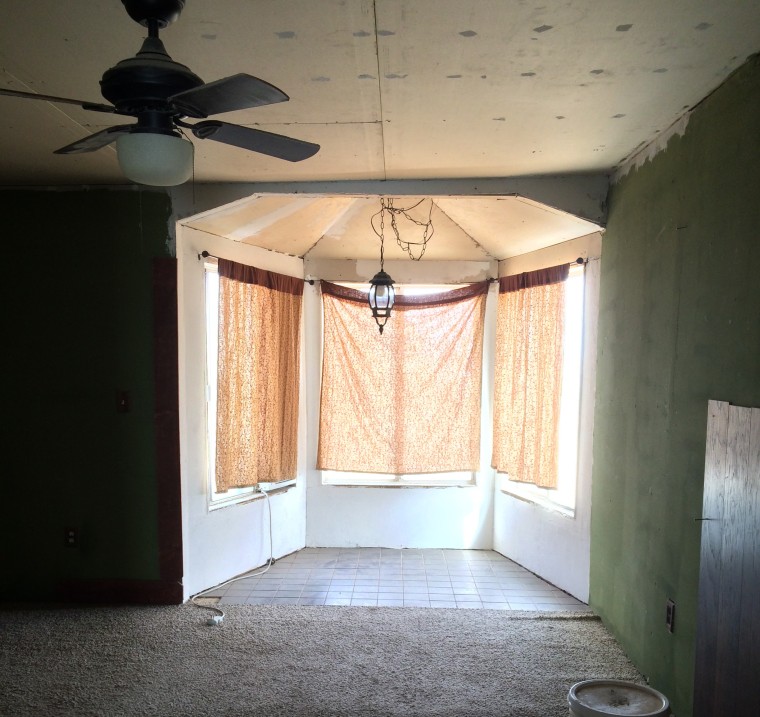
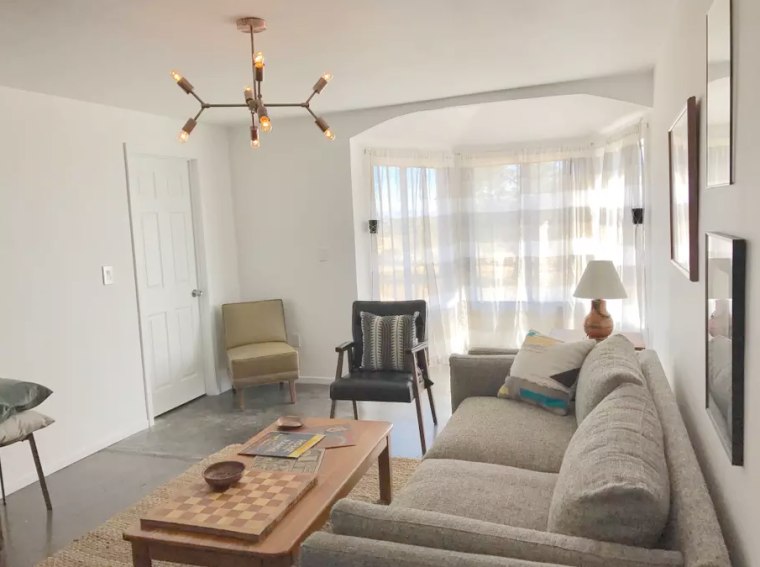
3. You don't need to be an expert ... but you should do ample research
Before we started rehabbing houses, the handiest thing I'd ever done was change a lightbulb. My previous idea of a DIY project was getting a curtain put up on a tension rod. However, as soon as I dove in, I quickly learned that while there are some things I prefer to leave to the pros (say, electric), a lot of remodel work isn't rocket science. By reading a couple of home-renovation blogs, getting advice on materials from Home Depot staff and watching several YouTube tutorials, I learned to lay tile in just a couple of hours. —Teresa Wu
4. Know when to hire a pro
Be realistic about your abilities. Always use a licensed and insured plumber and electrician as messing up those aspects can ruin a project. —Meredith Borrell and Brian Ketcik, New Jersey
5. Shop around
Spending more time looking around for fixtures prior to the purchase will give you a good idea of what your costs will really be like. Also, if you have an opportunity, schedule various contractors (only serious contenders) to visit the home prior to buying so you can get a realistic idea of whether or not your vision is within your budget. —Meredith Borrell and Brian Ketcik
Get multiple quotes and compare how each contractor would address a problem — what materials they would use, etc. — to make sure you're comparing apples with apples. —Jenna Meister
Major retailers like Home Depot don't have consistent prices. You may notice slight price differences from location to location, which can make a difference if you're buying in bulk. If purchasing substantial amounts, consider wholesalers for more savings. —Johnny Pan, New York
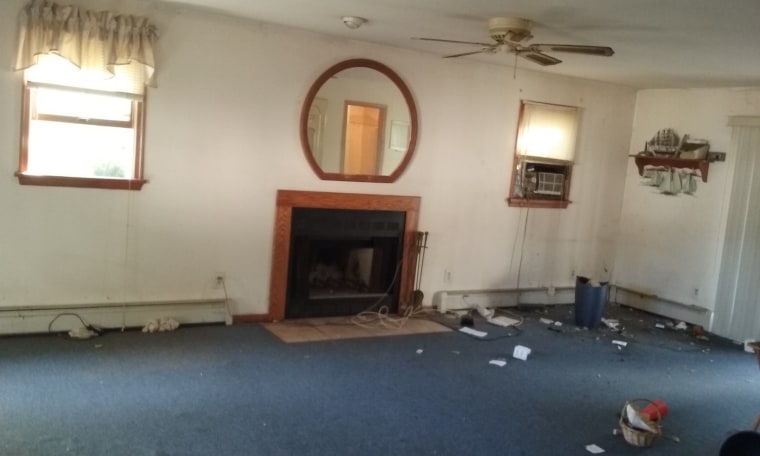
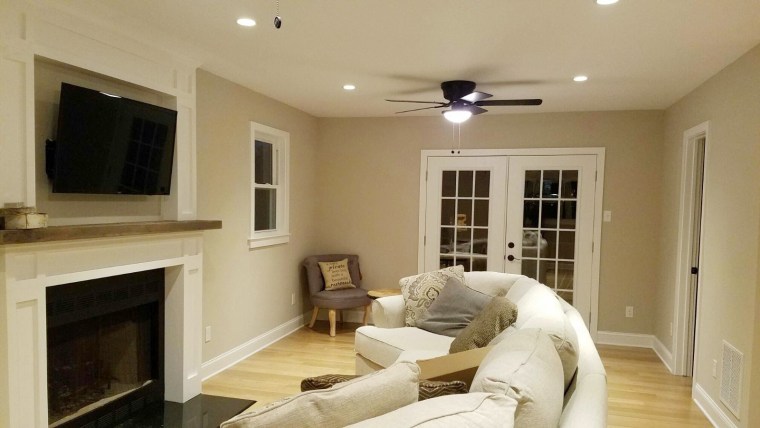
6. Some things are easier to compromise on than others
Before the renovation starts, know what your must-haves are and where you're prepared to compromise. Maybe you're dead set on a touchless kitchen faucet or a rain shower, but willing to save by using a stock tile. Chrome finishes are usually the least expensive and can save you hundreds of dollars versus a premium finish like brushed nickel or the currently popular gold finish.—Jenna Meister
Find a fixer-upper that has the number of bedrooms (and especially bathrooms) that you're looking for. An ugly house can be made pretty, but if the footprint of the home doesn't match your needs, it will make your fixer-upper costlier in order to build a brand-new bathroom, etc. —Meredith Borrell and Brian Ketcik
7. Set a budget — and be prepared to go over it
Build in a 10 to 20 percent buffer. Beware of relying on the budgets they show on HGTV shows, which may not reflect market prices, especially in places like New York City. —Angel Lam-Goon and Andrew Goon, New York
8. Delays are inevitable
Be prepared to go way over your allotted time. Also, remember to include timing of any licenses and permits you may need in your plan because sometimes these take a lot longer than you would expect. If you are changing anything structural, you will likely need approval from both an architect and the city. Permits are also pretty expensive, so take that into account in the budget. —Angel Lam-Goon and Andrew Goon
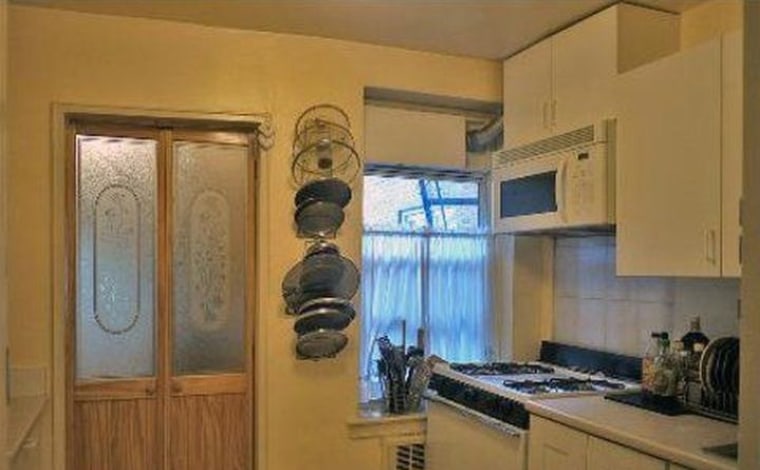
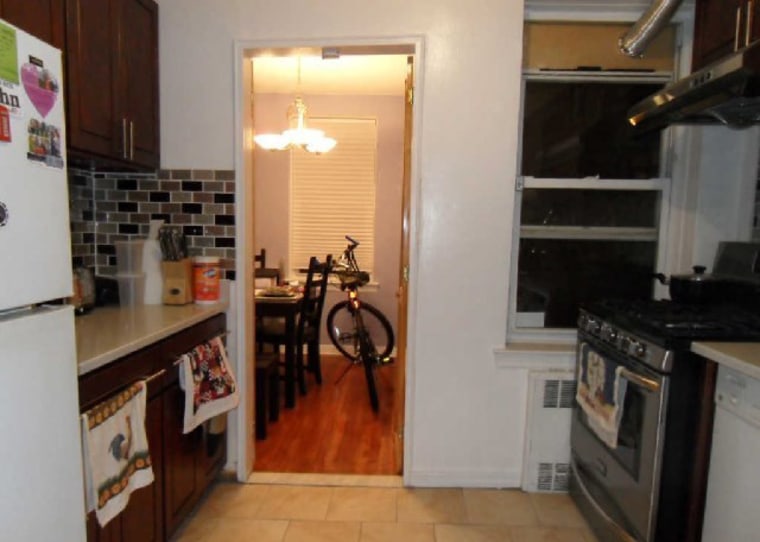
9. Don't skimp on materials (and order more than you need)
Avoid cutting corners on second-rate materials. Saving a little here may help your budget initially, but it could end up being more costly if hardware breaks in the middle of installation or if tools aren't sufficient enough to complete tasks. Also remember to check all materials for defects before transporting them home. —Johnny Pan
Pick an item as a focal point, whether it's the fireplace, entertainment unit or main room light fixture and make it an extra-nice one. Then, decorate around it for less. —Tamie and Thomas Fons, Houston
Order more material than you think you need because it'll be near impossible to mix another gallon of paint to the same color or find a second piece of granite or marble that matches your original one. —Angel Lam-Goon and Andrew Goon
10. Work simultaneously if you can
If you plan to do multiple room renovations, try to have it completed one after the other or even better, at the same time. Working on multiple rooms simultaneously will be the best use of time as you can leverage the hours or days needed for material to dry in one room while painting or installing cabinets in another. —Johnny Pan
11. Always measure twice
Avoid eye-balling any measurements at all costs! —Johnny Pan
One of the many big purchases for our kitchen was a refrigerator. Aside from cubic feet, we thought most refrigerators were basically the same size. Wrong. Our new refrigerator, located catty-corner to the dishwasher, prevented the dishwasher door from opening fully. We discovered counter-depth refrigerators, a slimmer option to the regular-sized ones, and returned our first choice with a $200 penalty fee. —Darlene Horn, California
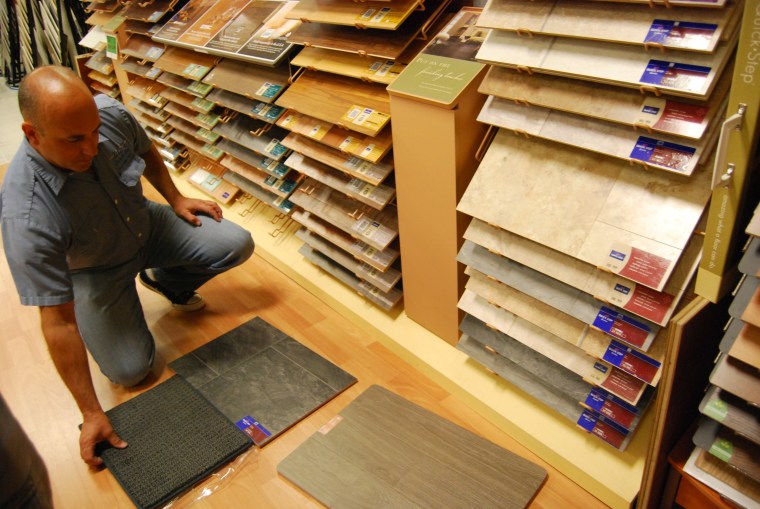
12. Small comforts make a big difference
If you plan on doing flooring installation (tile, wood, etc.) by yourself, buy really good knee pads. —Tamie and Thomas Fons
13. There'll always be more work to do (and that's totally normal!)
We bought our house five years ago and there are still lots of projects to be done. Prioritize the big stuff before moving in (painting, removing acoustic ceiling popcorn, upgrading flooring and carpet) and make your way through the master to-do list. We recently upgraded both bathrooms and are planning to add more storage to the garage. —Darlene Horn